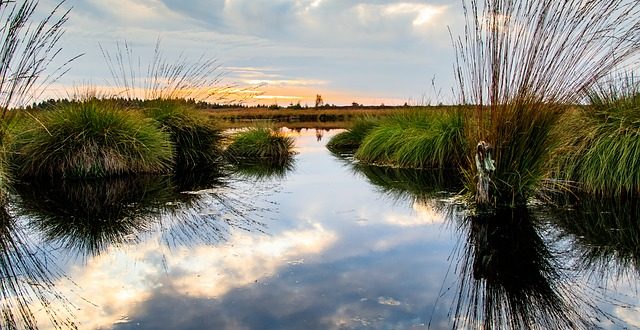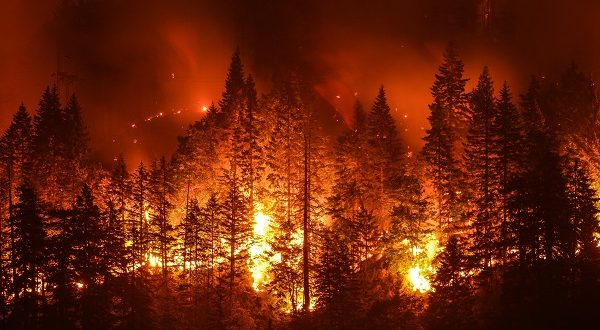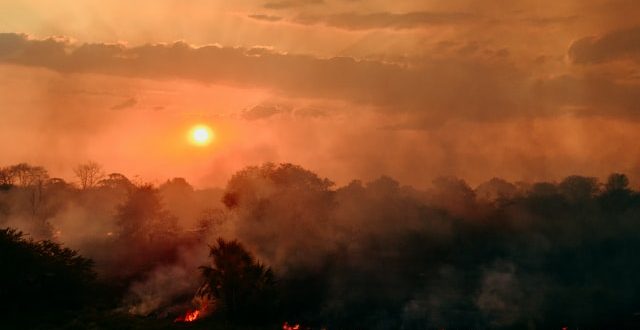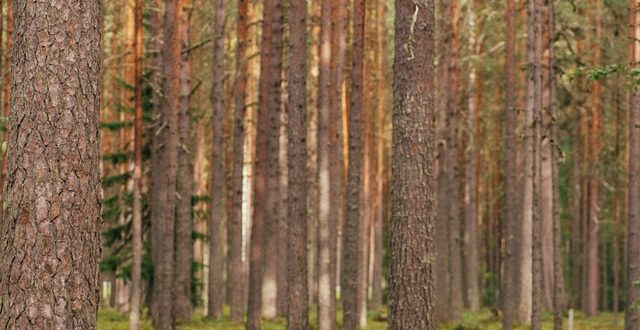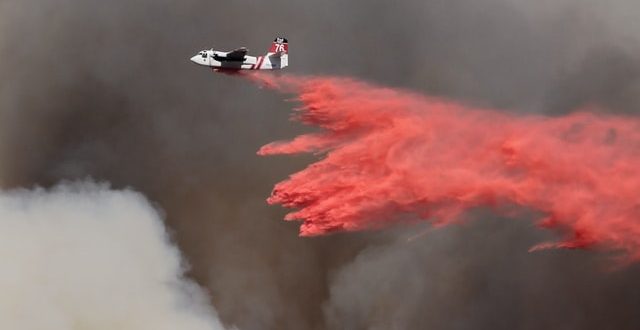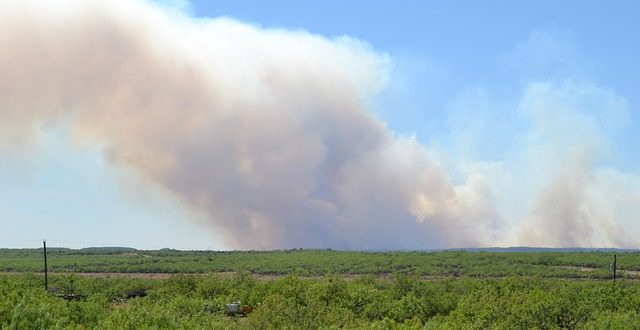Fire has a direct effect on the soil in areas. There are a variety of effects that can happen to the soil depending on the temperatures of the soil. However, many of these actions are necessary and helpful in the future. It’s important to understand the abiotic responses of fires. How Fires Affect the Soil Soil is affected through both the heating and combustion processes of fires. The temperatures during the combustion processes will affect what actually happens to the soil. The following can happen: • Evaporation of water at lower temperature • Combustion of soil organic matter • Formation of pyrogenic organic material, such as charcoal The nutrients in the soil can also change whether through oxidation, erosion, volatilization,
(719) 400-9104
office@coloradomastication.com
There are many areas where fires can burn. They all have different ecosystems and are needed for different reasons. Fires in wetlands can seem like an odd idea, but they do happen. When Fires in Wetlands Happen Surely if the plants are wet, fires shouldn’t happen. That is often the case, but there are times of drought. This leads to the areas losing the moisture that protects them, leading to fires spreading. While wetlands aren’t used to fires, the process is still a necessary one. They help with the ecosystem in the long-term. Creation of New Ponds When fires burn in bogs and other peat soils, holes are left without vegetation. This helps to encourage more water to fill the
Shrubland fires tend to be within the canopy more than on the ground. They can also spread continuously if the shrubs are close enough together. It’s important to understand their ecology to know how to manage them and why they’re so important. Dry with Highly Volatile Fuels Most shrubland fires happen in dry areas. They have highly volatile fuels around, which makes sections catching alight much easier. The fires follow the path of least resistance, and in this case, that means the path of least moisture. They love the areas where a lot of dead fuel lies. Hillsides are extremely common for shrub fires. They have the most dead material and get the most heat, drying out the plants and
Each ecosystem offers something different for fires. They adapted in different ways due to fires and the evolution required. Grassland fires tend to burn and spready more readily than shrubland and forest fires, which offers some benefits for the soil underneath. Quick Spread, Low Heat The fires will spread through the steams and leaves of the herbaceous plants in the area. This helps them spread quickly, but it also means the fires don’t heat the underlying soil as much compared to shrublands and forests. This is even the case when the fire intensity is high. The fires are a necessary part of recycling the nutrients, helping with the decomposition of the dying and dead material. In some ecosystems, fires are
Different types of fires will have different ecosystems. Forest fires are considerably different to shrubland and grassland fires. It’s important to understand the different ecosystems to know what comes from the fires afterward. This also helps to understand the fires during them. The Severity of the Fires Fires burn with different severities and intensities. Mild to moderate fires will burn on the understory, removing the ground cover. This is usually the small trees and herbaceous plants that will grow back quickly afterward. High-severity fires will burn through the crowns of the trees. These types of fires kill the dominant vegetation. These types of fires can run in two different ways. Some will require the ground fuels and others will grow
Humans have made some major changes to ecosystems around the world. Restoration ecology is needed to reverse some of the problems and mitigate others. One of the tools used is controlled burning. It can seem odd that fire is used as a management tool in ecosystems. After all, we hear all about the forest fires around the world and how dangerous they can be. Yet, it’s because of some of the issues humans have created that the forest fires are becoming so dangerous. Small, managed fires can help the situation. There is a debate over how fires should be used. Should they encourage the ecosystems to return to pre-European inventions or should they go back to pre-human ecosystems? Creating Habitats
Each ecosystem will lead to different fire behavior. Organisms within the ecosystems will adapt to match the fire behavior. However, there are some similarities across all ecosystems. The biggest is that a fire will create a mosaic of habitat patches. Some areas will have just been burned, while others have been untouched for decades. This is ecological succession. A site will progress through the various phases of regrowth and colonization after a fire, usually characterized through the vegetation changes in the area. Recolonization of Plants The first species to recolonize after a fire will be those that already have seeds in the soil. If there are none like that, they first ones are those where the seeds will travel quickly
Forest fires are necessary. They have a range of benefits to the wildlife and plants, as long as they’re kept under control. Fires have biotic responses and cause adaptations. It’s time to understand the responses that happen. Adaptations of Plants Over the years, plants have had to adapt to cope with fire. This is known as pyriscence, where the release of seeds happens because of fire or smoke. All pyriscent plants are serotinous. One of the changes is for the plants to coat their leaves in flammable oils. The idea is they can help with the intensity of the fire to ensure the biological process happens. These plants will germinate better since there’s a lack of competition in the burnt
When wildfires start, many people will need to take steps to suppress it, avoiding it from causing damage to wildlife and property. There are different methods of wildfire suppression that can take place. The exact type is going to depend on the area you live in. What Is Wildfire Suppression? The process of wildfire suppression allows people to gain control of the fire. There is no longer the aim of completely extinguishing it. However, if caught early, it is possible to extinguish them before they get out of control. Containment is the aim. In fact, 99% of new wildfires will be contained throughout the year. Of course, these aren’t the ones that people hear about on the news. The ones
The best way to manage a wildfire is to detect it early. This allows the right people to react when needed, minimizing the risk of life (human and wildlife) and preventing the spread of the fire. Early detection also helps to prioritize the fire danger better. How do areas detect wildfires quickly? Here are the top methods to help with wildfire safety. Fire Lookout Towers In the United States, Fire Lookout Towers were used up until the 1950s. They would have people stand in towers to keep an eye out for any potential fire in the local area. Carrier pigeons, telephones, and other methods of communication would get the word out to the right people to manage the fires. Infrared

